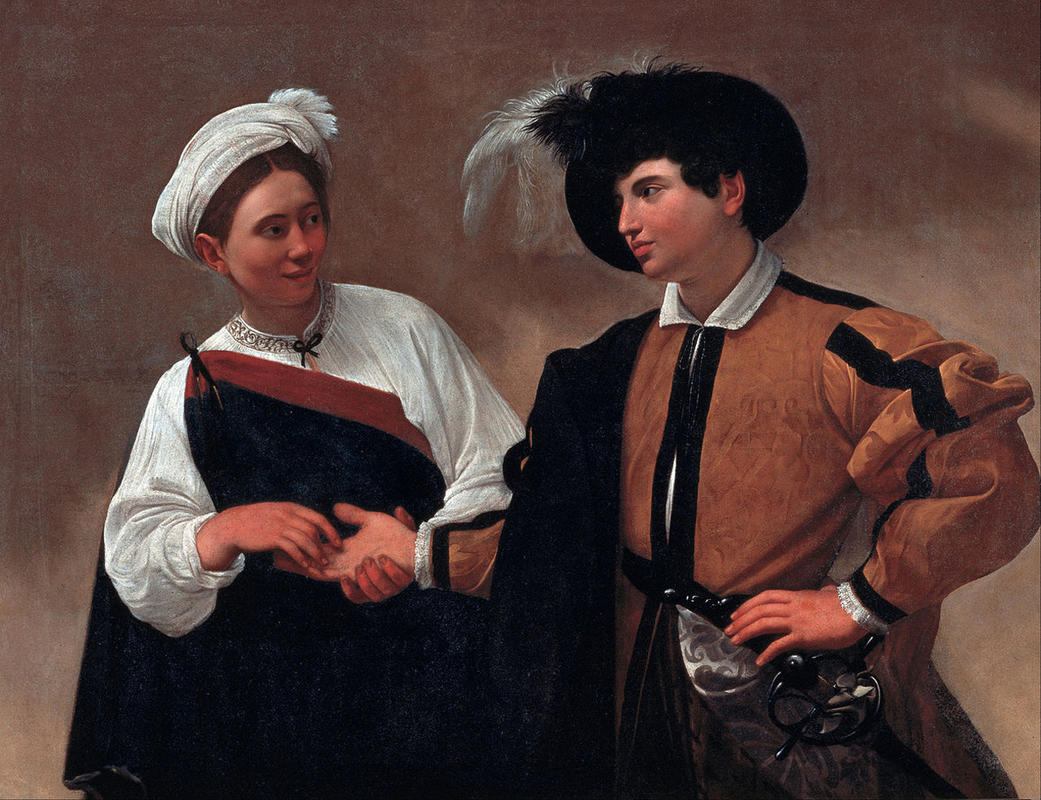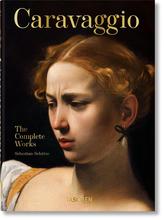More about Good Luck
- All
- Info
- Shop

Contributor
Caravaggio, known influencer of the Baroque style, took a step back from his usual religious fare to paint a fairly average scene.
He decided to paint a "genre painting," which is a depiction of daily life (and I know I have yet to go a day without swindling some poor young man into thinking I’m a fortune teller). It was from his early days as an independent artist, and he supposedly picked the girl on whom the gypsy was emulated out of a crowd of people on the street to prove that he didn’t have to copy the greats in order to be successful. But technically, he’s copying the artwork of the greatest master of them all--God. Or Mother Nature. Or whatever you believe in. Anyway, he painted this random girl as a schemer, because women love conning men in order to get a ring from them. The girl is probably telling the guy that he’s about to lose something valuable and he’s like “lol, no way anyone is getting this sweet hat off my head.”
The guy who purchased his painting, the Marchese Vincente Giustiniani, ended up becoming an important patron of Caravaggio. So he may have payed only a little upfront (the painting sold for next to nothing), but at least he paid a lot in the long run. Giustiniani’s collection, which eventually absorbed his deceased brother’s collection, was broken up by the king of Prussia and the most important works were sent to Berlin. Considering the original price of this work, it’s easy to see why this painting was left behind in Italy.
















